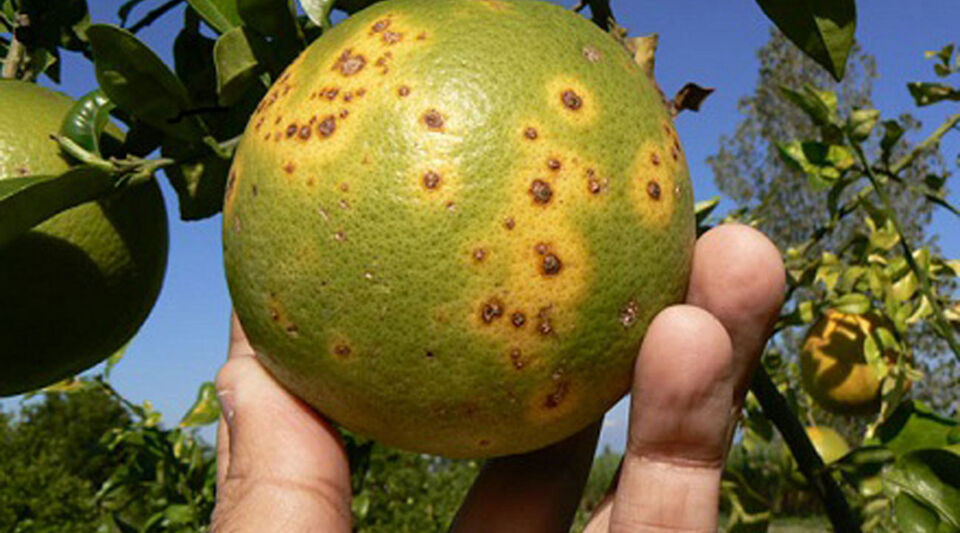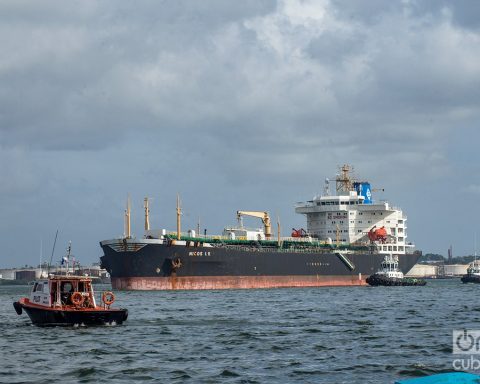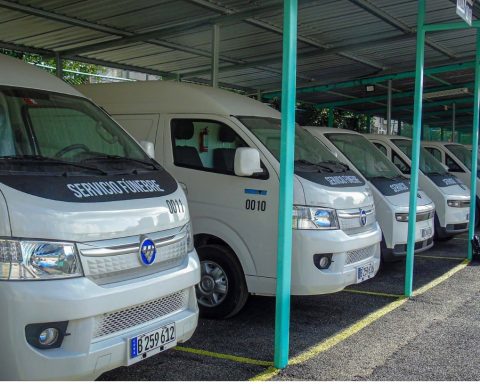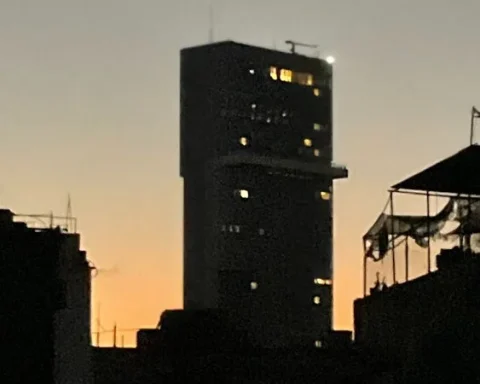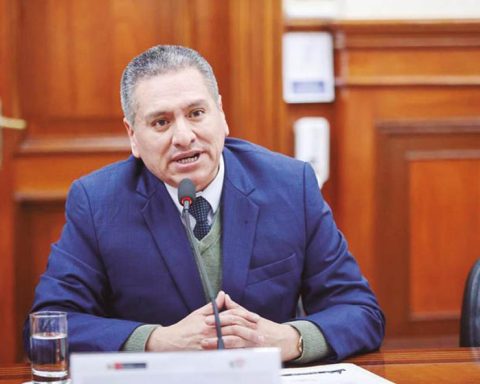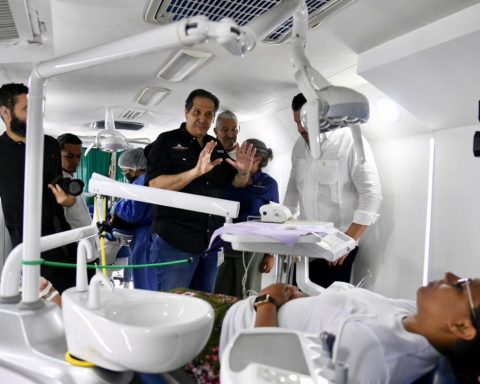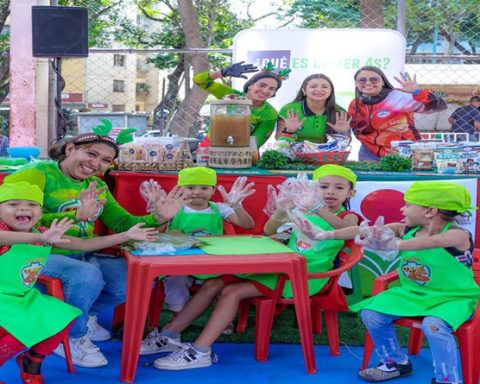To drought, high costs of cultivation and pests like yellow dragon The decrease in citrus production in the municipality of Jagüey Grande, in Matanzas, is attributed. “In about two years there may not be any, whoever says otherwise is lying to them”, said to Granma this Monday a resident of the Torriente town.
In the publication, reference is made to “impoverished plantations and dry segments” to indicate that of the “perfectly delineated citrus fields, nothing remains” and again he returned to the feeling of the woman who, together with her husband, dedicated most of her life to the cultivation of citrus fruits. “What happens is that the citrus fruit is sick and there is nothing to cure it with, that is the simple truth.”
The lack of inputs and financing have had an impact on national production. At the close of October 2020, the Ministry of Agriculture reported an inventory of plantations of 11,907 hectares of citrus fruits, of which 3,847 hectares were of orange, 5,439 of grapefruit, 2,000 of limes and lemons. A figure very far from the 100,000 hectares of citrus fruits registered in 1990.
In Jagüey Grande, one of the territories that contributed the most citrus to the country, the lack of “medicine to combat” the “cursed plague” of the yellow dragon is blamed
Lemons that have to be practically beaten before cutting and even so when they are squeezed they barely release a few drops, market platforms where once oranges, grapefruits and mandarins starred in long months of the year and that are now empty or with sweet potato, chives and cabbage are some of the signs of the plummeting in the sector.
In Jagüey Grande, one of the territories that contributed the most citrus to the country, the lack of “medicine to combat” the “cursed plague” of the yellow dragon is blamed. “We require financial capital to acquire the technology and the broad spectrum of chemicals that are necessary to combat pests,” acknowledged Michael González Noda, deputy deputy director of the Victoria de Girón Agroindustrial Company.
The Cuban Conflict Observatory warned in a publication in 2020Since the lack of investment in the cultivation plans has had an impact on production, the situation led the island “in 2019 to import oranges and limes from Mexico to supply the hotels.”
Given the lack of financing, the Base Business Unit Farm number Two reoriented his crops to the sowing of pumpkin, cucumber, okra, yucca, banana and other products within the citrus cultivation.
The model has also been adopted by the Victoria de Girón company with plantations of guava, mango, mamey, pineapple and avocado. González estimates that “in a short time production will reach the figure of about 50,000 tons, mostly destined for industrial processing.”
Producers like Daniel Oliva prefer to “plant small quantities” to guarantee yields.
Tasting an orange or grapefruit juice seems to be practically impossible in Jagüey Grande in a short time. Producers like Daniel Oliva prefer to “plant small quantities” to guarantee yields and avoid the loss of hectares of citrus fruit due to pests and diseases.
But citrus fruits were no small thing. In the 70s and 80s, a large citrus plan was developed on the Isle of Youth, where grapefruit, lemon and orange fields alternated with internal schools in which many students from Latin America, Africa and Asian countries were receiving scholarships.
That management model spread as a “study and work” alternative, but with the fall of the socialist bloc in Eastern Europe, the project declined until it became vast fields full of herbs and abandoned buildings. Since then, having citrus fruits on a daily basis has become a luxury in Cuban homes.
________________________
Collaborate with our work:
The team of 14ymedio He is committed to doing serious journalism that reflects the reality of deep Cuba. Thank you for joining us on this long road. We invite you to continue supporting us, but this time becoming a member of our journal. Together we can continue transforming journalism in Cuba.
